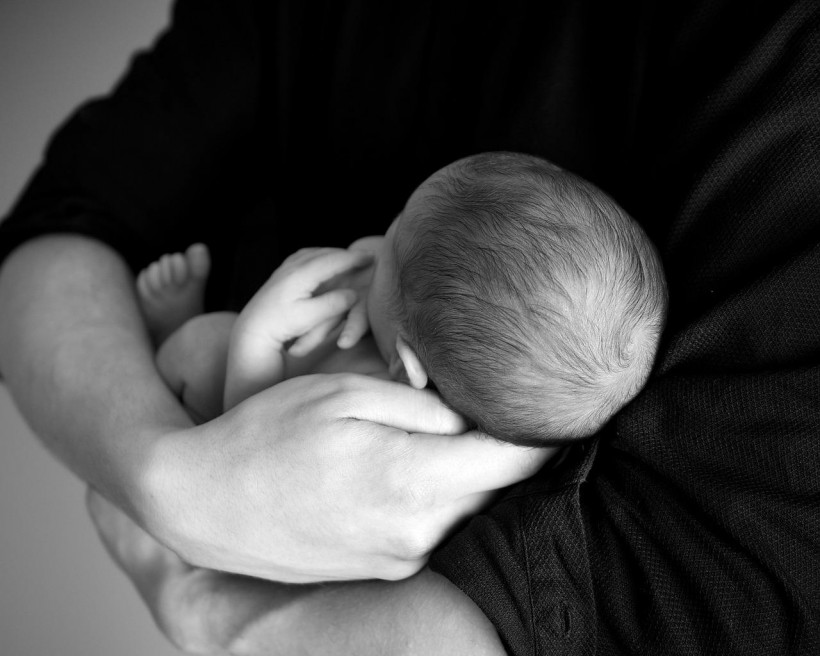On July 12, the Centers for Disease Control and Prevention (CDC) issued a health advisory telling clinicians to keep an eye on the parechovirus (PeV) that has been spreading among newborns and young infants in the United States (US). The life-threatening virus could cause fever, seizures, meningitis, and sepsis.
The health agency emphasized that infants showing these symptoms without any other known cause should be immediately tested for PeV. Most cases reported are of young children that just started kindergarten who experienced upper respiratory infection, rash, and fever. Meanwhile, rare severe cases have also occurred in infants younger than three months old.

Deadly Virus That Causes Fever, Neurologic Illness, and Sepsis Spreading Among Babies Across the US, CDC Warns
Parechovirus Circulating in Multiple States
The Insider reports that the CDC has so far only collected positive samples of parechovirus called PeV-A3, which is mostly associated with a severe disease that killed at least one newborn in Connecticut.
The baby named Ronan was only 20 days old when he started experiencing symptoms of the viral infection. His mom told WTNH New Haven that Ronan was becoming "very angry" and had been "crying a lot."
Then they noticed that his chest and face turned red. They immediately brought him to the emergency room, where he had seizures. Unfortunately, Ronan died two weeks later at just 34 weeks old.
Based on the statistical data from the CDC, there are only less than 50 parechovirus cases across the country each year. The virus usually infects toddlers below five years old. Most would experience upper respiratory tract infection, fever, and rash.
Given Ronan's case, parechovirus has been classified as life-threatening and is generally dangerous for infants younger than three months old. The younger they are, the more vulnerable they are to the virus because they have few to no white blood cells that fight infections.
Dr. Thomas Murray from Yale-New Haven Children's Hospital pointed out that the illness reminds the parents to keep their baby away from anyone sick to prevent disease transmission.
ALSO READ: Zika Virus Long Term Side Effects: What Happened to Babies Affected by the Virus?
About Human Parechoviruses (PeVs)
Human parechoviruses (PeVs) are from the Picornaviridae family, which are known viruses that commonly infect children and are linked to various clinical manifestations, Outbreak News Today reported. These symptoms could range from asymptomatic to mild and severe illness.
They share the same taxonomic family with enterovirus, a virus that causes serious illness to the central nervous system. There are four different species of PeVs, wherein only the PeV-A are the only known types to cause an illness.
For instance, PeV-A3 is linked to severe diseases that cause upper respiratory tract infection, fever, and rash in young children by the time they start kindergarten. Newborn infants up to three months are more likely to suffer a sepsis-like illness, seizures, and meningitis. Infected children infected with this virus may experience neurodevelopmental issues, although it is rare.
That is why CDC encourages clinicians to be aware of the symptoms of the viral infection and its differential diagnosis to provide proper care. Testing for PeV usually involves a test for the cerebrospinal fluid (CSF) to confirm a diagnosis.
Watch a video of this father below sharing his experience with the life-threatening virus:
RELATED ARTICLE: CDC Warns Parents with Babies and Small Children as RSV Starts Spreading Across the South
Check out more news and information on Medicine and Health in Science Times.














